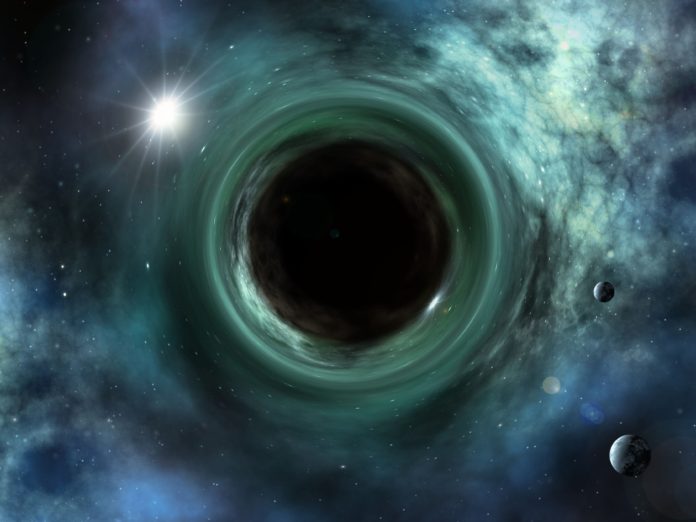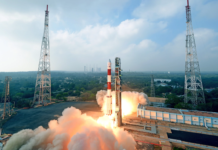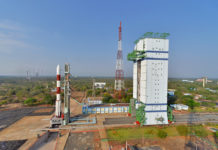Since 1998, scientists have accepted the general concept that there is energy in the universe that they posit has contributed to the expansion of the universe, and they termed it ‘dark energy.’
Dark energy is supposed to be the energy that opposes the gravity of matter within the universe. Being larger than gravitational force, dark energy causes the matter in the universe to move away from each other resulting in an expanding universe, as Edwin Hubble put it.
Scientists from the Eötvös Lórand University in Hungary and the Institute for Astronomy at the University of Hawaii have come up with a model that might prove several factors were not taken into account during the formation of this theory of relativity.
Comparing the Theory of Relativity with the New Model
When Einstein first discovered dark energy, he could not explain its exact effect on the universe. He assigned this energy the symbol lambda and called it the cosmological constant for the purpose of mathematical estimation. Einstein proposed that this constant could be used to explain why matter did not pull back onto itself after the universe was formed.
Added to that, Einstein also introduced another unknown concept, the matter that occupies the spaces between the galaxies. This matter had properties of its own but could not be seen, so it was named dark matter.
Einstein then came up with the equation of relativity that combined dark matter and dark energy to form the Lambda Cold Dark Matter equation used to express the theory of relativity. According to one member of the scientific team to come up with the new model, László Dobos, Einstein’s theory failed to account for the role complex structure formation played in the universe’s expansion. “All these [information] was swept under the rug,” Dobos said.
The research team’s theory was published in The Monthly Notices of the Royal Astronomical Society. In the publication, the research team described how they had modeled the universe. For dark matter, the team used many tiny particles as a representation as dark matter is too small to see (about 10-27 kg per square meter). The model depicted how matter is supposed to have gathered during the universe’s formation. It resembled the universe with its ‘bubbles’ of space and patterned galaxies.
The team wrote that on observation, the ‘bubbles’ of space were seen to expand at differentiated rates and the compounded average of their expansion provided the scientists with a conclusion of accelerated expansion. Dobos remarked that Einstein’s theory assumed that expansion was uniform across the universe but this assumption was correct. Galaxies and ‘bubbles’ of space acted as regions where the rates of expansion were unequal.
Furthermore, the group stated, dark energy could be an illusion cast by the constantly changing faces of the universe’s complex structures.
Dobos added, “Our model takes into account general relativity as well as the effect of large complex structures on the universe.” The theory has not yet been accepted by the scientific community, but if it is, it means that there is more mystery to the universe than was previously thought.




